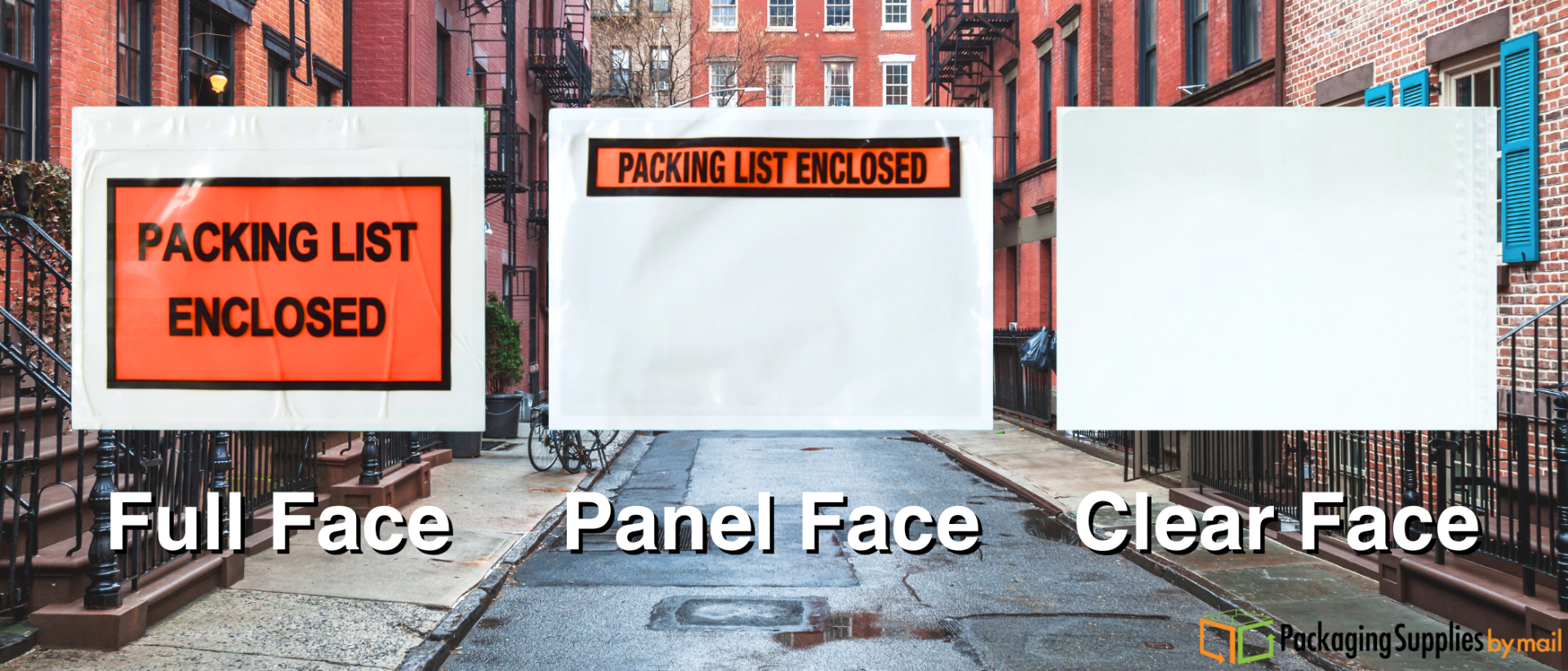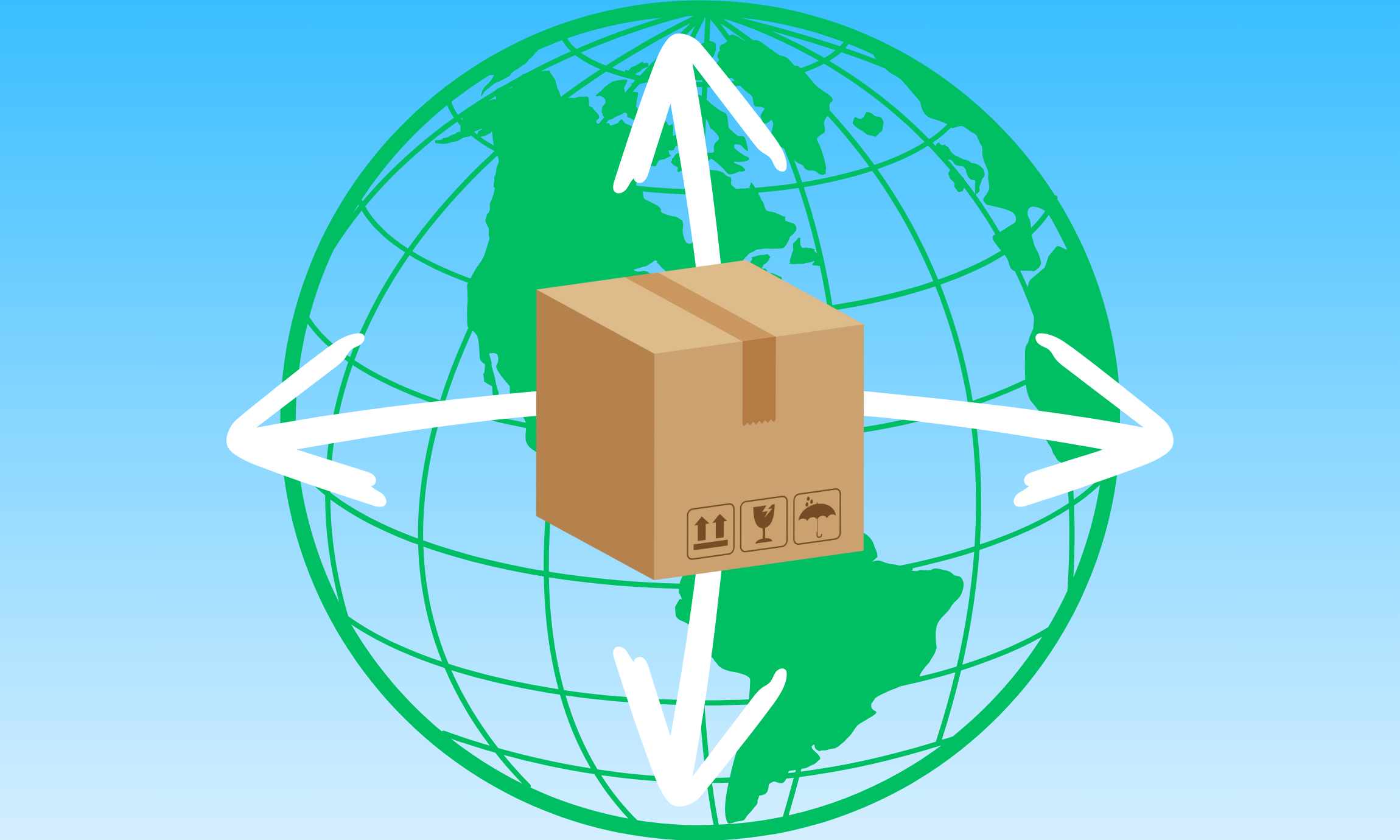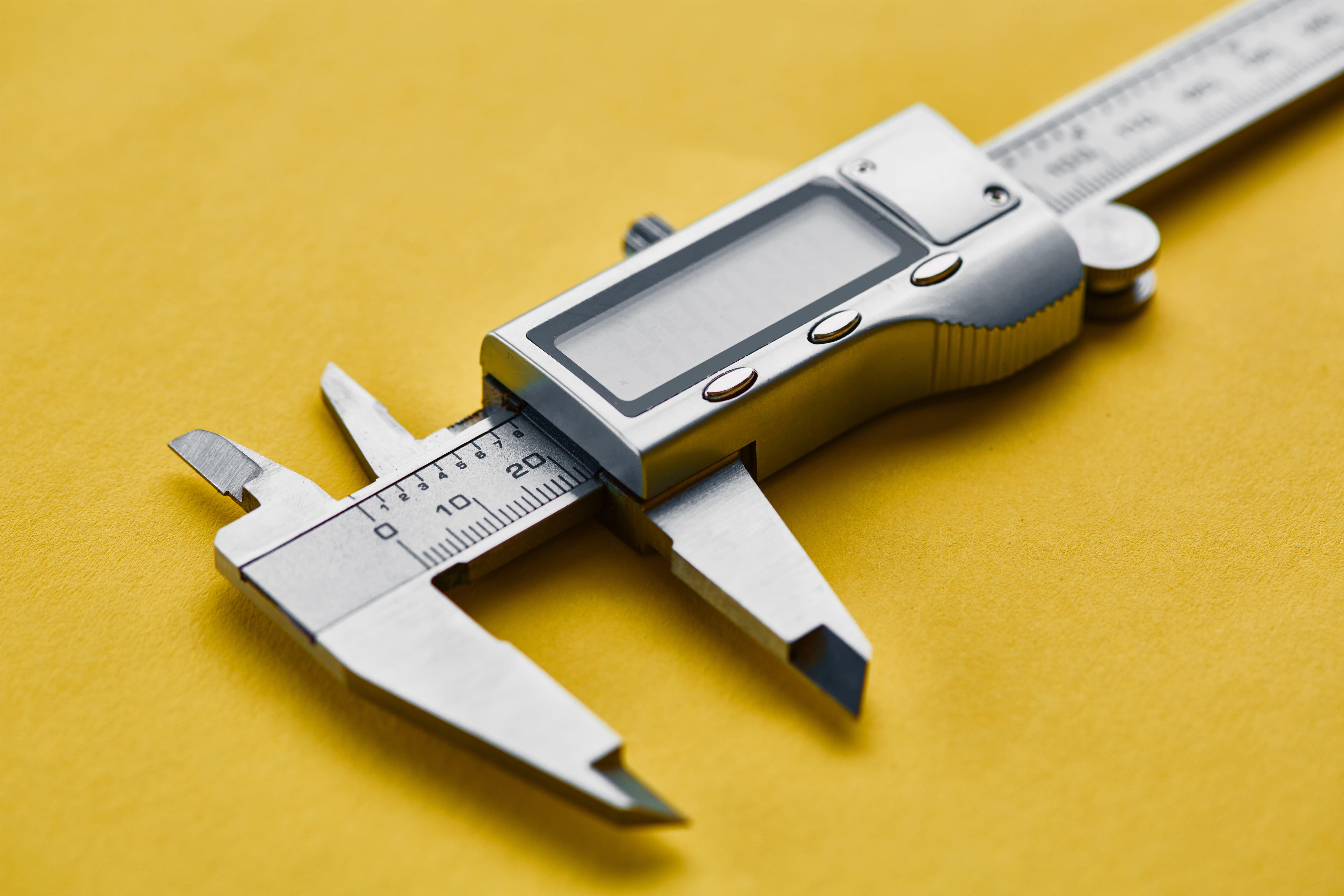Hey, you ever notice those little envelopes that come with your packages? Yeah, you know what I'm talking about! They call 'em "Packing List Envelopes," you know. They're like the secret agents of the shipping world. I mean, who are they working for, really?
Comedians and bass guitars aside, packing list envelopes are important pieces of packaging that secure important documents to the outside of the package. These plastic pouches allow recipients to easily access invoices, receipts, and warranties while keeping these vital documents protected from rough handling and the elements. In this Seinfeldian article, we’re going to “double dip” into the wild world of packing list envelopes to understand why they’re so essential.
If you have some time (and a square) to spare, check out our Introduction to Packing List Envelopes:
Full Face: The envelopes are designed so that the print on the front takes up nearly the entire envelope. Full face offers the highest visibility for the printed message, helping workers instantly locate the shipping documents.
Panel Face: These are similar to full face, but the printed message takes up far less space on the front of the envelope. Panel face offers moderate visibility for the printed message.
Clear Face: These envelopes feature no printed message whatsoever, allowing the recipient to immediately read the documentation held inside.
What are Packing List Envelopes Used For?
George Costanza’s wallet was famous for holding just about everything he had: licenses, coupons, phone numbers, junk, and more. While packing list envelopes won’t be holding all of that, they will be holding something just as important: shipping documents. The polyethylene material is waterproof, durable, and tear-resistant, so you don’t have to worry about your envelope exploding like George’s wallet if it gets a little full.
For added convenience, packing list envelopes are self-adhering. The entire backside of these envelopes is covered in a layer of adhesive. Simply insert your documents through the slot in the back, remove the adhesive liners, and stick the envelope to your package. This self-adhering feature makes the whole process easy and you won’t have to risk licking the envelopes like George’s fiancé Susan!
No Missing Documents For You!
The only thing that could annoy Seinfeld more than talking to Newman is a package without any documentation. Invoices and packing lists are essential in the packaging and shipping industries, providing an additional measure of accountability and organization. Packing list envelopes make these important documents easily accessible while protecting them from the elements. The envelopes may not be as flashy as Jerry’s suede jacket or spout out beloved catchphrases like “yada yada yada,” but they will help your goods navigate the complexities of packaging and shipping. Seinfeld may be about nothing, but packing list envelopes are all about accuracy and security in shipping, and that’s something!
While you’re here, be sure you take a look at our selection of packing list envelopes. All of these envelopes come with free shipping, so you can shift into packing list mode right away.
For further reading on the importance of visibility in packaging, check out our article going over the different benefits of transparent, translucent, and opaque materials.
What are Packing List Envelopes Made Of?
Packing list envelopes are typically made from polyethylene (PE). Unlike Jerry’s puffy shirt, polyethylene is a thin and lightweight plastic material that provides great strength and puncture resistance. Polyethylene resin pellets can be heated and molded into an enormous variety of objects, including envelopes.
What are the Styles of Packing List Envelope?
Over the course of nine seasons, Cosmo Kramer worked a colossal range of jobs. From modeling, to firefighting, to even the heights of a Chief Executive Officer, you can say Kramer’s done it all. Just as there are many versions of Kramer, there are also different styles of packing list envelope that offer different levels of concealment and message visibility:

Full Face: The envelopes are designed so that the print on the front takes up nearly the entire envelope. Full face offers the highest visibility for the printed message, helping workers instantly locate the shipping documents.
Panel Face: These are similar to full face, but the printed message takes up far less space on the front of the envelope. Panel face offers moderate visibility for the printed message.
Clear Face: These envelopes feature no printed message whatsoever, allowing the recipient to immediately read the documentation held inside.
What are Packing List Envelopes Used For?
George Costanza’s wallet was famous for holding just about everything he had: licenses, coupons, phone numbers, junk, and more. While packing list envelopes won’t be holding all of that, they will be holding something just as important: shipping documents. The polyethylene material is waterproof, durable, and tear-resistant, so you don’t have to worry about your envelope exploding like George’s wallet if it gets a little full.
For added convenience, packing list envelopes are self-adhering. The entire backside of these envelopes is covered in a layer of adhesive. Simply insert your documents through the slot in the back, remove the adhesive liners, and stick the envelope to your package. This self-adhering feature makes the whole process easy and you won’t have to risk licking the envelopes like George’s fiancé Susan!
No Missing Documents For You!
The only thing that could annoy Seinfeld more than talking to Newman is a package without any documentation. Invoices and packing lists are essential in the packaging and shipping industries, providing an additional measure of accountability and organization. Packing list envelopes make these important documents easily accessible while protecting them from the elements. The envelopes may not be as flashy as Jerry’s suede jacket or spout out beloved catchphrases like “yada yada yada,” but they will help your goods navigate the complexities of packaging and shipping. Seinfeld may be about nothing, but packing list envelopes are all about accuracy and security in shipping, and that’s something!
While you’re here, be sure you take a look at our selection of packing list envelopes. All of these envelopes come with free shipping, so you can shift into packing list mode right away.
For further reading on the importance of visibility in packaging, check out our article going over the different benefits of transparent, translucent, and opaque materials.







Log In